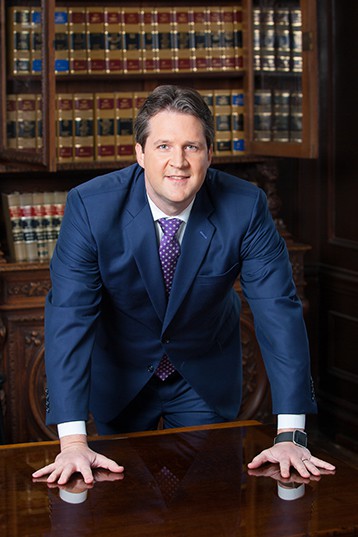Nursing Home Falls Lead to Severe Head Injury
In October 2013, the Canadian Medical Association Journal (CMAJ) released a study on falls in long-term care facilities. This study reviewed footage that captured 227 falls and discovered that in thirty-seven percent (37%) of the falls, the victims hit their heads. Of these falls involving impact to the head, sixty-three percent (63%) involved a fall where the individual struck his or her head on the floor. Sixteen percent (16%) of the accident victims struck their heads on furniture and another thirteen percent (13%) hit their heads on a wall.
Although this study was undertaken by Canadian researchers, the results are enlightening for nursing home victims everywhere and indicate that head trauma from falls is a very serious problem that has not gotten enough attention. The study revealed that forward falls, as opposed to falling backwards, were much more likely to result in head impacts. The analysis also revealed that attempts to break falls using arms were largely ineffectual.
There are a number of ways in which a nursing home can use data like this to improve the overall health of its residents. The study discussed the fact that throwing out an arm was not a good way to prevent a fall, but the implementation of an upper body strength exercise program could improve muscle tone to the point where it would make a difference. In addition, the use of a padded sub-floor that could absorb some of the force of the fall without making it more difficult to walk could reduce serious injuries that result from falls. Some other ways to prevent falls in a nursing home include:
- General physical fitness regimes – Not only can exercise increase upper body strength, but it can improve overall muscle tone, thereby decreasing the risk of a fall. These fitness programs lead to greater personal stability and lessen the frequency and severity of a fall.
- Staff education and training – Often, nursing home managers place staff on duty without teaching them the basic tenets of preventative actions, such as being on alert to hazards in the general walkways and handling the residents in a particular way. By providing training about how to prevent falls and what to do after a fall to minimize harm, there would be fewer nursing home injuries.
- Initial patient assessment – The resident examination and assessment should be done for everyone who will be living in the nursing home. This assessment identifies individual risk factors for falling, including a history of other falls and medications that may have an effect on stability or cause dizziness. This assessment should address the overall health of the resident and list any special precautions that should be taken.
Although head injuries are a serious danger to those who have fallen, there are many other injuries that result from falls, including broken or fractured bones, internal organ damage, neck and back trauma, and other severe harm.
If you entrusted the care of a loved one to a nursing home and that person has now suffered from serious injuries caused by a fall, you probably have many questions and likely are not finding the answers that you need with the nursing home. The experienced Memphis nursing home negligence attorneys at Bailey & Greer, PLLC can provide you with the evidence of what happened at the nursing home and will work with you to determine the legal strategy that works best for you and your loved one. We understand how devastating this situation has been for everyone and are here to ease the burden that you now shoulder. Please call us at 901-680-9777 to schedule a time to discuss what happened to your loved one. At Bailey & Greer, PLLC, we are small enough to care, big enough to fight, and experienced enough to win.

Since graduating magna cum laude in 2005 from the University of Memphis School of Law, Thomas has helped make a difference in the lives of victims of serious personal injury, wrongful death, and professional negligence. Thomas has extensive trial experience in both state and federal court. Among other victories in the courtroom, Thomas obtained several impressive jury verdicts and settlements
Read more about Thomas R. Greer
